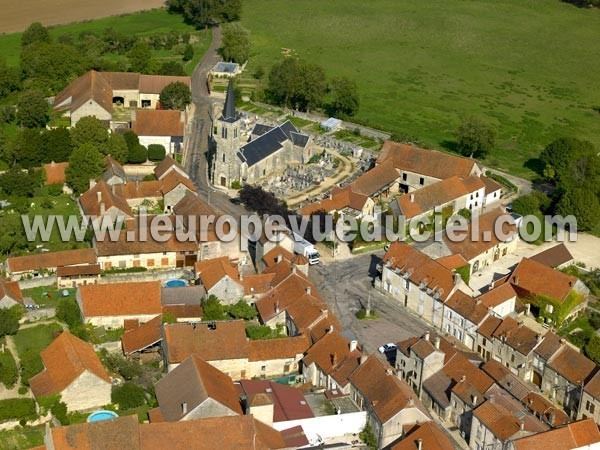Canton Baigneux-les-Juifs Time zone CET (UTC+1) Population 271 (1999) | Intercommunality Pays Châtillonnais Area 12.47 km² | |
 | ||
Region Bourgogne-Franche-Comté | ||
Baigneux-les-Juifs is a French commune in the Côte-d'Or department in the Bourgogne-Franche-Comté region of Central-Eastern France.
Contents
- Map of 21450 Baigneux les Juifs France
- Geography
- History
- Administration
- Demography
- Civil heritage
- Religious heritage
- Notable people linked to the commune
- References
Map of 21450 Baigneux-les-Juifs, France
The inhabitants of the commune are known as Bagnosiens.
Geography
Baigneux-les-Juifs is located some 25 km east by south-east of Montbard and 10 km south-west of Aignay-le-Duc. Access to the commune is by the D 971 road from Saint-Marc-sur-Seine in the north which passes through the commune east of the village and continues south to Chanceaux. The D 21 branches off the D 971 in the commune and goes north-east, passing through the village, and continuing to Jours-lès-Baigneux. The D 954 goes west from the village to Étormay. The D 114A branches off the D 971 at the D 21 intersection and goes east to Orret. The commune is entirely farmland.
History
In the Middle Ages the village was called Bagnos, probably from the Latin Balneolum meaning "small bath". This name was completed after a Jewish community was allowed to settle there in the 13th century. This community was permanently driven out by the Dukes of Burgundy in the 15th century.
From 1895 to 1933 the commune had a narrow gauge railway operated by the Chemins de fer départementaux de la Côte-d'Or (Departmental Railway of Côte-d'Or) (CDCO) which connected the village to Châtillon-sur-Seine.
Administration
List of Successive Mayors
(Not all data is known)
Demography
In 2010 the commune had 258 inhabitants. The evolution of the number of inhabitants is known from the population censuses conducted in the commune since 1793. From the 21st century, a census of communes with fewer than 10,000 inhabitants is held every five years, unlike larger communes that have a sample survey every year.
Sources : Ldh/EHESS/Cassini until 1962, INSEE database from 1968 (population without double counting and municipal population from 2006)
Civil heritage
The commune has many buildings and sites that are registered as historical monuments:
Religious heritage
The commune has many religious buildings and sites that are registered as historical monuments:
